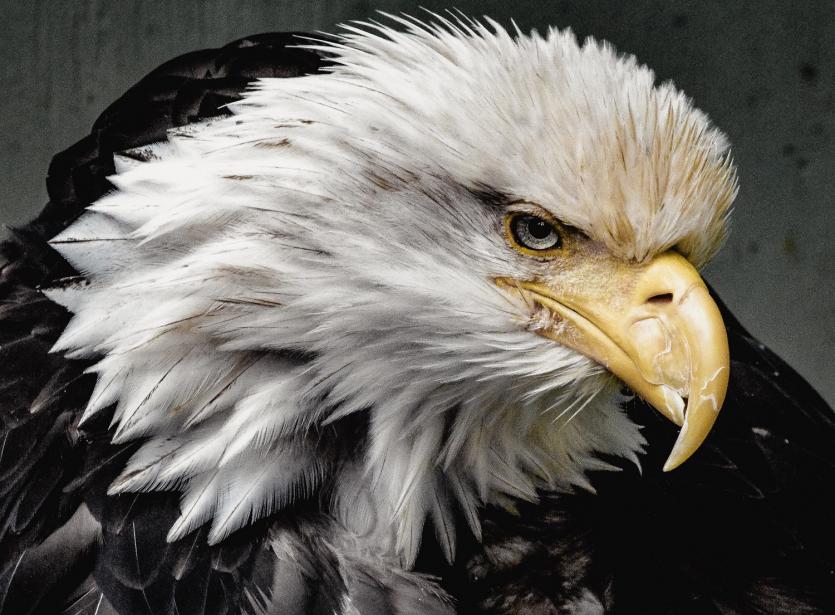Bald Eagle in Juneau, USA. Photo by Sue Tucker on Unsplash
By Patryk Krych | The World Daily | FEBRUARY 19th 2022
According to a recent study published on Thursday, nearly half of all the bald and golden eagles in the United States are suffering from lead poisoning, causing a possible threat to their population growth.
The bald and golden eagles are some of the most iconic in all of the United States, often symbolising the country and its successes. But a large number of this famous species is said to be suffering from lead poisoning, according to the research, which tested well over 1,200 eagles from 38 different states ranging from Alaska to Florida.
The study had been published on Thursday in the journal Science, and described how it analysed the birds by inspecting their feathers, bones, blood and livers for signs of the toxic substance. It was found that at least 46% of the bald eagles, as well as 47% of the golden eagles, all suffered from lead poisoning.
“When you look at lead levels in bone, these birds are getting exposed repeatedly to lead over their lives,” said the study’s principal investigator and supervisory research wildlife biologist with the U.S. Geological Survey, Todd Katzner. “It’s happening again and again.”
Lead can be deadly to all kinds of birds, eagles included. In terms of the bald eagles, it could signal a stunting in their continued population growth. The resurgence of the American bald eagles is considered one of the greatest and most successful conservation efforts in the history of the US, having been removed from the US endangered species list in 2007. But all this progress may yet be proven to have been for naught.
The consequences may be far more dire for the golden eagles, whose populations, unlike the bald eagle, had not been on the rise.
“This is the first time for any wildlife species that we’ve been able to evaluate lead exposure and population level consequences at a continental scale,” added Katzner. “It’s sort of stunning that nearly 50% of them are getting repeatedly exposed to lead.”
The study suggests that the primary source of the poisoning can be traced to the eagles scavenging meat from animals that had been shot by hunters, using lead bullets.






